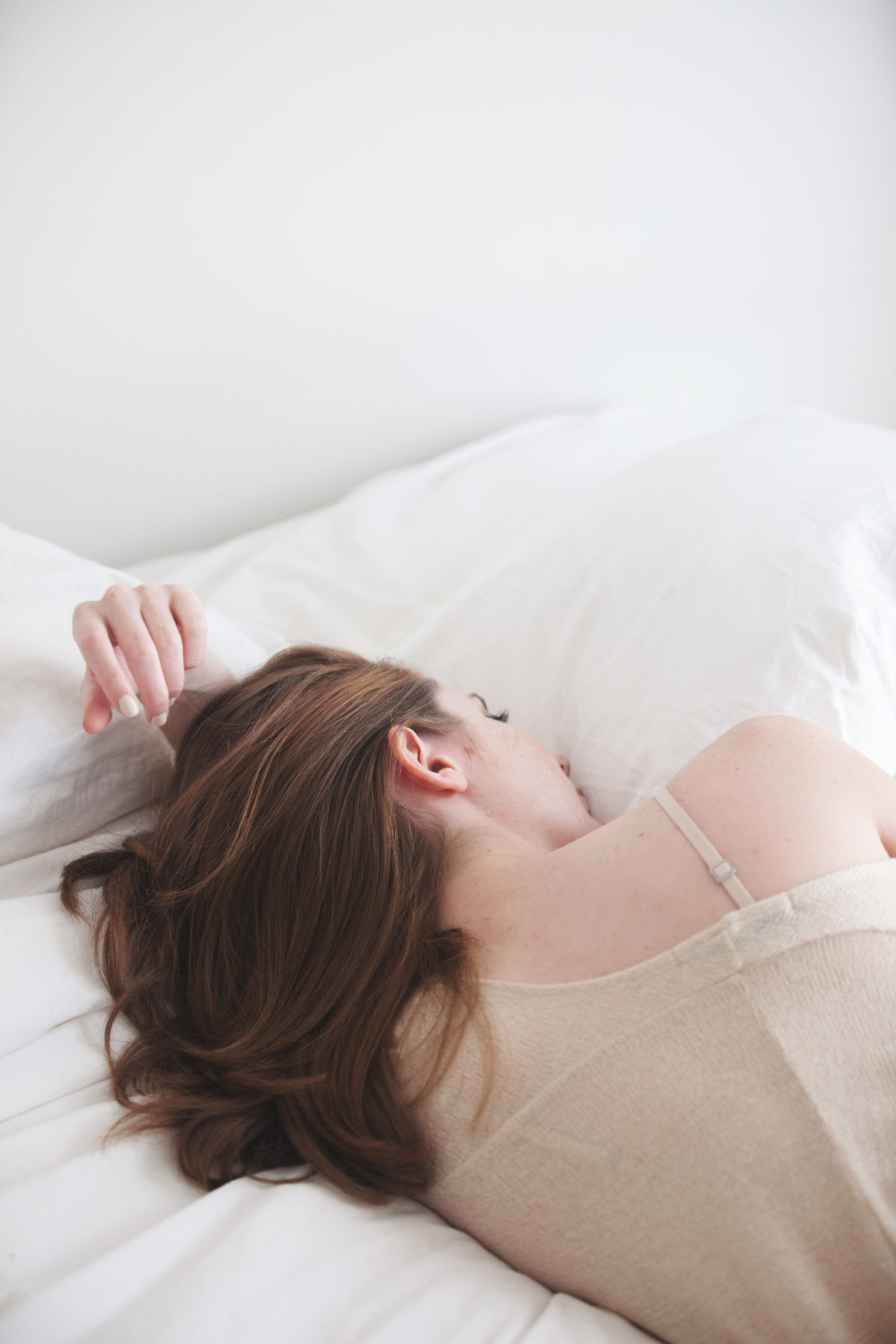On average you are going to spend 1/3 of your life in bed. That’s over 2,500 hours per year.
We know that sleep is critically important for healthy brain function, hormone function and even maintaining a healthy weight, so it’s important to ensure we are getting the best sleep possible. What you probably didn’t know is that your mattress could be a huge health hazard, packed with chemicals and carcinogens that are keeping you from getting that great sleep.
Here are four things you didn’t know about your mattress and what to do to stay healthy and well rested:
1. It could contain flame-retardant material.
Most mattresses contain flame-retardants. While this sounds like a good idea and is actually required by federal law, these flame-retardants are usually made from toxic chemicals such as polybrominated dipheryl that are known to be potentially lethal and dangerous.
2. It could make your allergies worse.
If a mattress company does not use chemical flame retardant solutions, then they often use wool. Wool is a nesting ground for dust mites, which can cause serious allergies and other health concerns.
3. It could contain pesticides.
Most mattresses contain synthetic fabrics or cotton. Unless your mattress is made with organic or natural materials, you are likely sleeping on the pesticides used in the cotton production or on the chemicals used in producing synthetic fabrics. Even in small doses these pesticides and chemicals can cause serious health concerns. OSO mattresses are free of harmful substances like formaldehyde and carcinogens and free of mercury lead ozone depletes and other harmful emissions.
4. It could emit volatile organic compounds.
According to Red Ice, since the mid to late 1960s, most mattresses contain polyurethane foam. This foam is a petroleum-based material that emits dangerous volatile organic compounds or VOC’s, which can impact our health. In addition to VOC’s, other common chemicals known in mattress production are petrochemicals, polyurethane, polyvinyl chloride (PVC), formaldehyde, antimony trioxide, phthalates, and boric acid.

So, how do we stop sleeping on toxins?
The good news is that there are many companies trying to make our mattresses healthier for us. We spoke with Jack Dell’Accio the founder of Essentia, the only natural memory foam mattresses in the world, who gave us a few great tips.
He suggests you look for these three things when buying your next mattress:
1. Ask questions.
The most important thing is to ask questions. First, ask what type of flame retardant is used in your mattress. There are many healthy alternatives to flame-retardants like Kevlar fabric, that his company Essentia uses. That means they don’t spray the mattresses with a chemical cocktail. Ask what materials are used in your mattress and if they are considered safe from chemicals and tested. Companies like Essentia, SavvyRest and OSO hold certifications, test their products, and can explain in detail every component used in their production and why their products are truly healthy.
2. Look for natural ingredients.
SavvyRest uses the purest natural latex from trusted suppliers who have been independently tested and certified. Essentia’s natural memory foam is made with hevea milk and actually inhibits the infestation of dust mites and other unwanted bugs that would affect your health.
3. Ensure proper support.
Make sure your mattress offers proper posture support and pressure relief. You want to be sure your body weight is properly distributed to ensure good blood circulation so you never wake up with aches, pains or pins and needles. Memory foam is one of the best sleep surfaces for this.
Once you have a mattress that is safe and healthy, make sure to sleep in total darkness, if possible, and in a cool environment. This will help you reach your deep regenerative states of sleep and feel more refreshed when you wake up. Also, avoid fitness activity and heavy meals for at least five hours before sleep to help the body relax.
Lastly, if you can’t opt for a new mattress right now, here are some great tips to make the mattress you currently have healthier for you:
1. Focus on your sheets.
Buy organic sheets and mattress protectors. Essentia offers 100% organic cotton luxury sheet sets from certified organic sateen cotton as well as a Body Guard, which is a mattress protector that is made with two layers of natural cotton.
2. Deodorize.
You can deodorize your mattresses by sprinkling baking soda over the mattress and vacuuming the entire surface with the upholstery attachment on your vacuum. Do this at least twice a year.
3. Put them in the sun.
You can also air out your mattresses and expose them to UV sunlight. Studies show that UV sunlight helps kill bacteria on mattresses.
Would you invest in an organic mattress? What healthy sleeping habits do you employ?
Images via Marlena Steiner












3 comments
Hello,
You really cleared up a lot of things for me. It’s really hard to find proper info about mattresses that isn’t just some commercially sponsored blurb. I’ve been looking for a good mattress. I’ll be shifting to Tulsa around New Year’s and I’m throwing out the old Spring mattress cause i think it’s lived its life. Is there a affordable brand you recommend? I’m really set on Memory Foam mattresses, but the ones with the cooling gel things get a bit expensive. I have mild spondylitis and so a good mattress is really crucial. If you have a recommendation for pillows, I’d be willing to listen to that as well.
Thank you
Janna Jamieson
Great post!
Saatva is another great option!